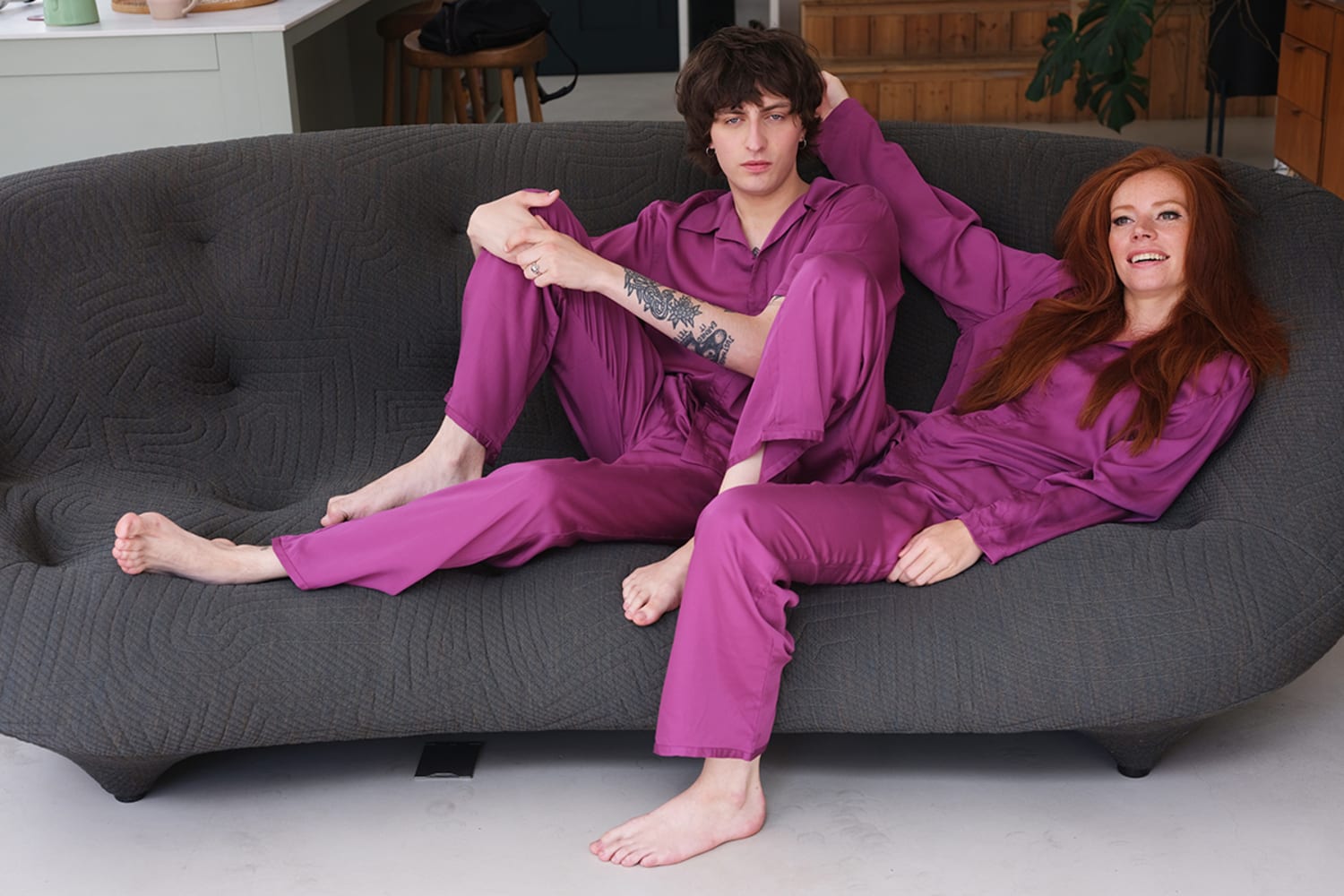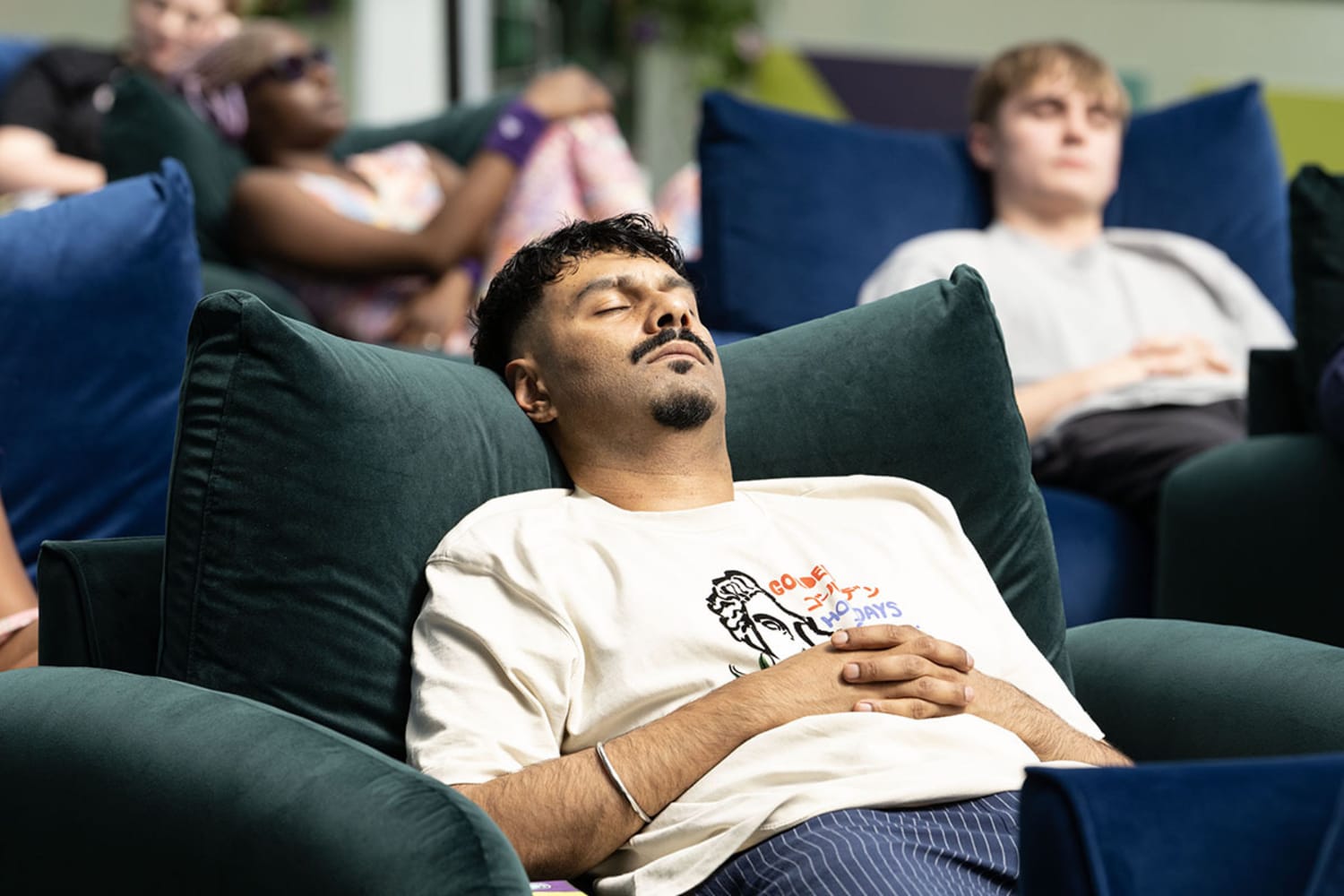“We all need a bit of boredom to realize that we must seek new things that could bring us joy,” Leticia Credido, founder of slow living lifestyle brand of the same name tells VML Intelligence. “In a world where overwork and busyness are the status quo, taking time to sleep, to embrace slowness and be present in the now are acts of defiance.” Leticia Credido first launched in 2019 with a sustainable sleepwear collection and has since expanded to lifestyle products which promote slow living and intentionally taking time out every day to be present. Credido explains, “slow living is a way of being that allows us to make more conscious choices on how we consume and relate to others.”
Can the act of doing nothing be the secret to a healthier and happier life?
Images courtesy of Leticia Credido. Photography by Kalpesh Lathigra
In a June article by the New York Times, the headline reads, “Let kids be bored. It’s good for them” detailing the virtues and necessity of boredom. The article interviews Erin Westgate, an assistant professor of psychology at the University of Florida who explains that there is a cultural stigma attached to boredom. However, Westgate says boredom is “normal, natural and healthy,” and can promote learning opportunities, creativity and motivate people to seek out meaningful activities.
Similarly, in a March opinion piece featured in the Guardian, broadcaster and writer Adrian Chiles wrote “the secret of happiness? Embrace the boring, lay claim to the mundane and rejoice in repetition.” Chiles explains this applies to all aspects of life including family and career. “We’d enjoy more lasting success if we stopped being bored by the boring, stopped seeking what we tell ourselves is the next exciting thing.”

Jenny Odell, author of “How to Do Nothing: Resisting the Attention Economy” suggests there are two halves of doing nothing, where the first is “disengaging from the attention economy” and the second is to “reengage with something else.” Odell released her second book in March 2023, “Saving Time: Discovering a Life Beyond the Clock” which explores the need to sit still, remain present and defy the constraints of the clock.
Author of “How to be Idle,” Tom Hodgkinson explains to the New York Times that idleness is not the same as being lazy, “it’s about rediscovering your inner philosopher and leaving a bit of time to think and to take time out. It’s really about freedom-seeking.”
Extreme Relaxing UK Championships. Images courtesy of Snug
The act of being at peace in stressful situations is turned into a competition for the first time in Europe. In August, London held the Extreme Relaxing UK Championships where 30 contestants battled it out to resume a zen state after a tense experience. The event was pioneered by sport psychologist, Dr Jamie Barker who commented in a release, "there is an ever-growing need for people to find ways to relax to aid recovery from every-day stress and increasing demands on individuals' time."
In public spaces and the workplace, quiet rooms are rising in popularity. In May, London shopping center The O2 Centre dedicated a quiet space allowing people to disconnect from the busy environment and instead engage in relaxation and calm. Adobe is reported to be in the process of installing quiet rooms in its offices where “employees dealing with harder moments can go to be alone, be a place of reflection or help change the cycle of where their brain is at,” Eric Kline, Adobe’s head of global workplace experience tells the Wall Street Journal.
Making time for moments of boredom is being reinvigorated as a healthy necessity in life, with the potential to allow for more meaningful connection to the self and others. In addition, the need to reduce anxiety and find pockets of peacefulness is in demand. According to a 2022 Ipsos Global Advisor survey, 60% of people globally say they have been stressed to the point where they felt they can no longer cope or deal with things at least once in the past year.
From promoting sleep and slow living to practicing the Danish hygge lifestyle, the conversation now shifts to mindfully embracing the art of doing nothing and finding positive engagement from that.
Main image: Images courtesy of Leticia Credido. Photography by Kalpesh Lathigra
Please provide your contact information to continue.
Contenuto correlato

Inclusion's Next Wave







